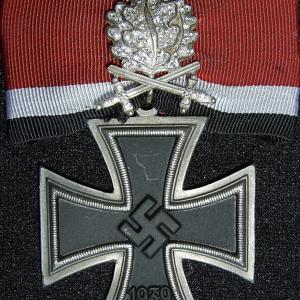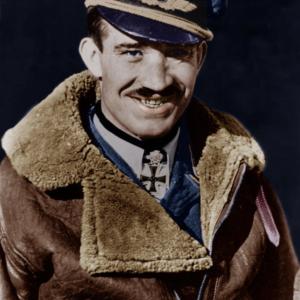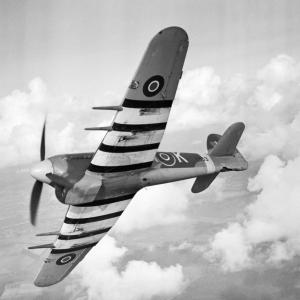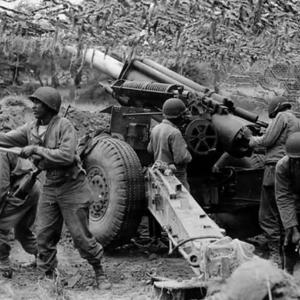
Airborne forces day
On August 16, 1940, history marked a pivotal moment in the evolution of modern warfare with the United States' first official military airborne operation. This day is commemorated as Airborne Forces Day, a tribute to the courage, innovation, and strategic ingenuity that launched the American airborne program into a new era.
The operation was carried out at Fort Benning, Georgia, under the direction of Major William C. Lee, a visionary officer often referred to as the "Father of the U.S. Airborne." Lee had studied the use of airborne troops by other nations, particularly the German Fallschirmjäger and Soviet paratroopers, and advocated for the United States to develop its own airborne capability. His commitment led to the formation of the Army’s first test platoon of paratroopers in the summer of 1940.
The jump itself involved 48 volunteers, all part of the newly formed Parachute Test Platoon. These men had been rigorously trained in a program that emphasized physical endurance, parachute techniques, and tactical skills, all while building a sense of elite cohesion that would come to define airborne units. Their training culminated in this historic jump, which would demonstrate the viability of deploying troops from the sky as a tactical element in modern combat.
The aircraft used for this operation was the Douglas C-33, a military variant of the DC-2 airliner, which was among the earliest transport aircraft adapted for paratrooper deployment. Later, the C-47 Skytrain would become the workhorse of airborne operations during World War II, but on this first jump, it was the C-33 that carried the paratroopers into the skies.
The planes took off from Lawson Army Airfield, which is adjacent to Fort Benning, and flew to an altitude of approximately 1,500 feet. From there, the men of the test platoon leapt into history, descending by parachute onto the Alabama side of the Chattahoochee River, landing in a designated drop zone near the post. The jump was a complete success, with all participants landing safely and the operation meeting its objectives without any major incident.
This demonstration proved that paratroopers could be deployed quickly and efficiently behind enemy lines, opening the door for the development of larger airborne units and more complex missions. In the months and years that followed, airborne forces would grow rapidly, leading to the establishment of the 82nd and 101st Airborne Divisions and their legendary roles in World War II operations such as the D-Day landings, Operation Market Garden, and the Battle of the Bulge.
The mission on August 16, 1940, was not a combat operation, but its strategic importance was immense. It validated the concept of airborne assault and set the foundation for what would become a major component of the U.S. Army’s offensive capability during World War II and beyond.
Today, Airborne Forces Day is remembered not just as a date in military history, but as a celebration of the daring spirit, innovation, and brotherhood of those who serve in airborne units. The legacy of that first jump lives on in every soldier who earns their wings and carries forward the proud tradition that began in the skies over Georgia.










